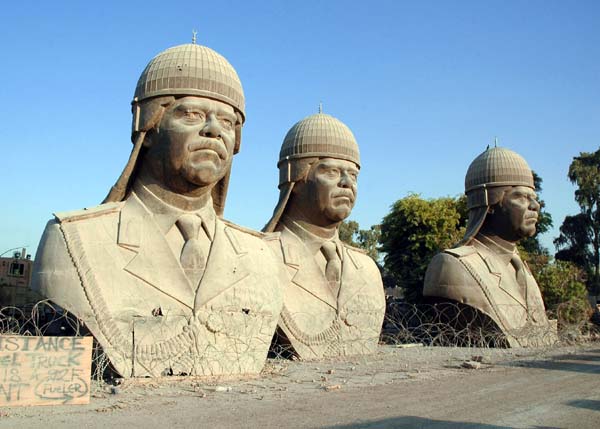
Bronzové sochy Saddáma Husajna v Bagdádu; Foto DoD
National Security Archive zveřejnil třetí pokračování dokumentů o přípravě na válku v Iráku. Není v nich nic zase tak překvapivého, jenom dokládají úzkou spolupráci mezi vládou britského premiéra Tonyho Blaira a administrativou amerického prezidenta George W. Bushe při obhajování útoku na Irák, o kterém se ve Washingtonu začalo hovořit už krátce po 11. září 2001, přičemž „ke ztrátě trpělivosti“ došlo v březnu 2002.
Zkrátka britská a americká vláda se snažily být zcela konzistentní v tom, co říkají o hrozbě, kterou představoval Saddám Husajn. U vysvětlování samozřejmě nesměl chybět mediální mág Tonyho Blaira Alastair Campbell. Hlavní postřehy třetí části shrnují John Prados a Christopher Ames takto:
- From early 2002 both governments were seeking regime change, but Prime Minister Blair and his officials were very conscious of the need to make a case for war, based on claims about Iraqi WMDs.
- From March 2002 – the very beginning of the process – the U.S. and U.K. administrations were concerned to achieve consistency in their claims about Iraqi weapons, often at the cost of accuracy. In the spring of 2002 the two countries began to produce in parallel the white papers on Iraq’s weapons of mass destruction that they published that fall. At least two drafts of the respective white papers were exchanged from either side in order to avoid providing grist for “opponents of action.”
- Officials working on the parallel papers took part in a number of secure video conferences to avoid inconsistencies between the documents. Both sides accelerated the drafting of their white papers in September 2002 as part of a coordinated propaganda effort.
- Officials re-drafting the U.K.’s white paper or “dossier” in September 2002 were told to ensure that it “complemented” rather than contradicted claims in the U.S. document. A draft of the U.K. dossier was brought to Washington by intelligence chief John Scarlett for U.S. input.
- In addition, U.K. officials examined the draft U.S. white paper closely and sought to match its claims. The U.S. paper has been described by one of its authors as intended “to strengthen the case of going to war with the American public.”
- The U.K. white paper was amended to incorporate a number of claims about Saddam’s alleged nuclear ambitions that intelligence officials found questionable but were included because President Bush and Vice President Cheney made public reference to them, for example the allegation that Iraq could obtain a nuclear weapon within a brief one- or two-year timeframe.
- The U.S. paper, which had omitted the same claims from an early draft, also included them after the President and Vice President’s public references to them.
- In addition, the U.K. dossier was heavily influenced by Blair advisers and public relations experts, including Alastair Campbell, Blair’s director of communications. Its drafters were also willing to change it to fit in with public statements from British government advisers, whether or not those statements were true.

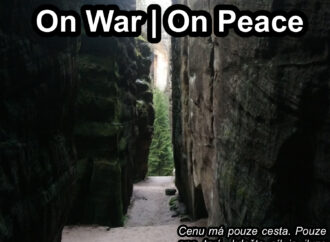
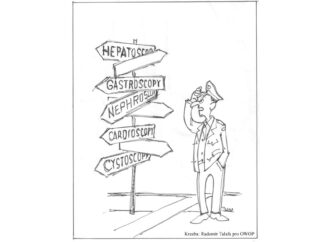
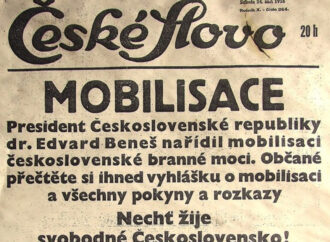
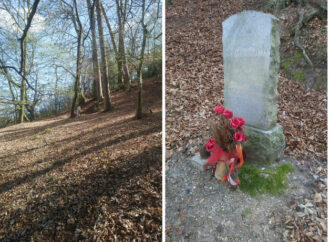

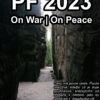
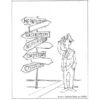
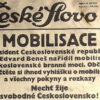
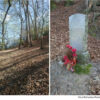
Leave a Comment
Your email address will not be published. Required fields are marked with *